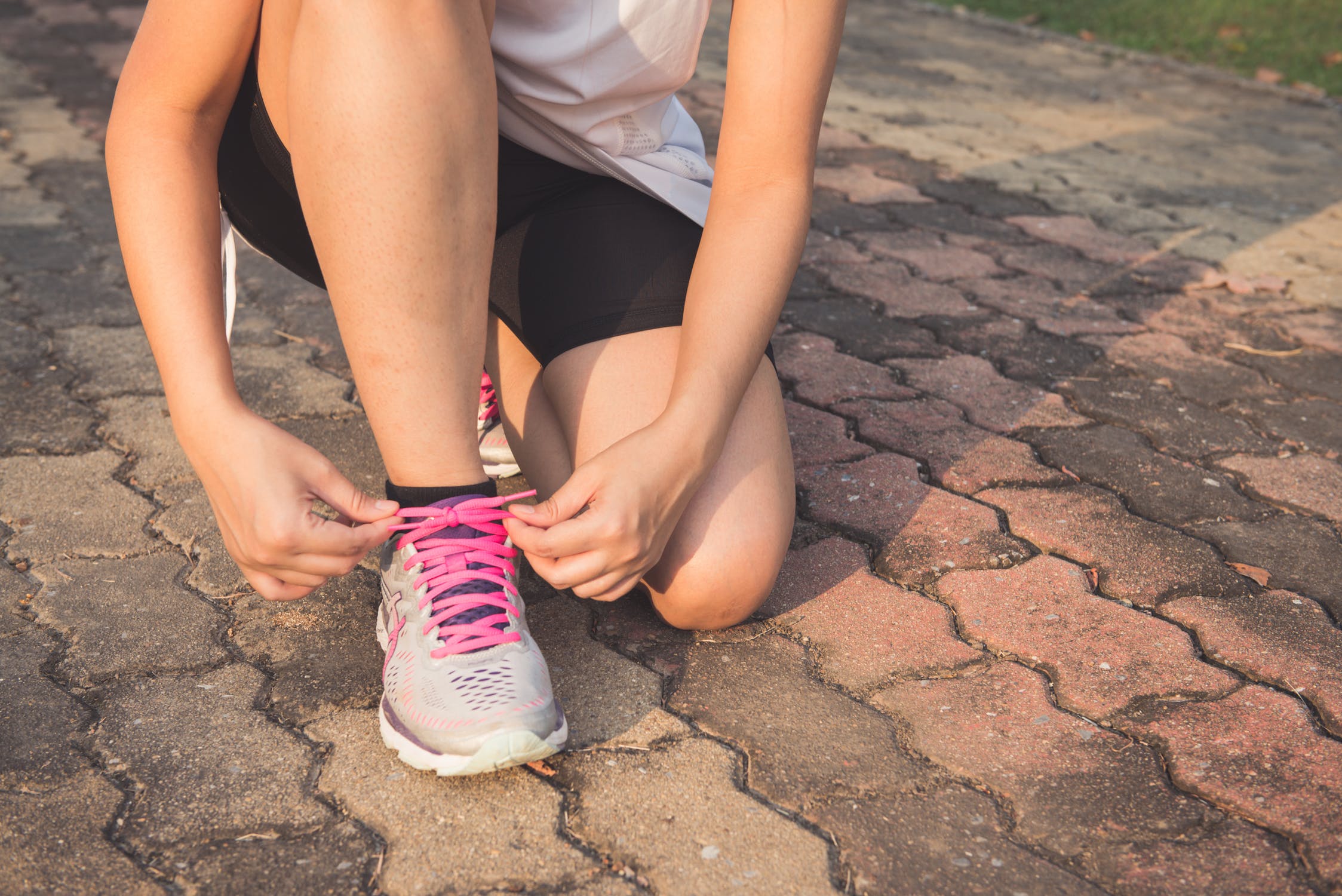Some activities and jobs require standing up for hours on end or running long distances. This could be extremely uncomfortable, especially if you do this almost every day. It’s possible to get some injuries around the foot, knees, and back.
But how can you make yourself comfortable? Insoles are perfect for you. If you also have conditions such as flat feet or plantar fasciitis, having insoles can help relieve the stress your feet feels every time you stand up for long hours or the shock that comes with running.
So, how do you buy insoles? What are the types you can get and which one is the best type for your problems? And what makes insoles the best answer for it?
What are insoles?
Insoles are placed inside the shoe and run beneath the foot for support. All shoes have built-in insoles, but they can be easily taken off, and that’s usually the case for a lot of people. They take off the insoles that come with the shoes and change them with special insoles.
Shock-absorbing Insoles
For runners and other athletes, a shock-absorbing gel insole would be a great choice. These are made from a lightweight vibro-absorber elastomer with elastic properties. This material serves as a shock-absorber.
Insoles absorb the energy that the foot takes whenever it strikes the ground as runners run. With a decrease in energy, your soft tissues and even joints will be more comfortable. Too much energy and shock could cause quicker wear and tear which then causes various injuries.
Who can use these?
Elite runners are usually the ones who buy these kinds of insoles. They change the ones that come with running shoes that they buy.
But recreational runners will also find this very beneficial.
Various brands sell these shock absorbing insoles, but it can depend on the user which brand they prefer. Some may also have various features such as patterns to apply even pressure throughout the feet or a higher or lower arch.
Can insoles avoid injuries?
The main benefit of buying insoles are said to be avoiding injuries and foot conditions. Our feet take a lot of stress, and if not distributed nor properly absorbed, it can cause several feet conditions and even injuries.
Among the various conditions that insoles could avoid is what we call the Plantar Fasciitis. This is the most common cause for heel pains. The plantar fascia is the flat band of ligament that connects your heel to your toes. If you strain this part, it can get swollen, weak or inflamed. Standing up or walking around would cause pain.
This is common among middle-aged people. But even younger ones can have it especially if they are on their feet for a long time or they are runners and athletes.
Apart from that, here are more injuries that insoles can avoid or heal:
- Shin splints such as medial tibial stress syndrome
- Tendon problems
- Tibialis posterior tendon problems
- Tibial stress fractures and other shin fractures
- Pelvic stress fractures
- Lower back stress fractures
- Achilles tendinopathy
- Patella tendon problems
- Slipped disc
Besides avoiding these health problems, insoles generally make sure that your feet are aligned well. It helps for a proper and healthy feet position when standing, walking, or running. You may also fix some ill-fitting shoes with them.
How do you buy insoles?
Buying the right pair of insoles is important to guarantee that it will work on you instead of making you feel more uncomfortable.
Here are things you should consider when buying them:
- Insole sizing – An insole’s size is denoted in a shoe size range such as “men’s 9 to 11” for most full-sized insoles. This is because it’s up to the consumer to trim the excess length. This is known as trim-to-fit. Insoles are designed to be used in a wide range of shoes so it’s up to you how you’ll trim it. For ¾ length insoles, you should buy the size you’ll be comfortable to wear.
- Insole placement – Full-length insoles are meant to replace the existing insoles on your shoe. On the other hand, ¾ length insoles and other inserts are used with the existing insoles.
- Your foot-arch type – There are three types of foot arches. The first is the neutral or medium; then the low arches, fallen arches, or flat feet; and then the high arches. Know which type you fall under and only buy insoles that work on that.
The best insole is subjective. While some would find a certain brand’s shock absorbing insole the absolute best, some would say it isn’t for them. Find what suits you to make sure you’re getting the most out of it. And if you haven’t had an insole yet, you might want to try one to help you be more comfortable. After all, your health is more important.







